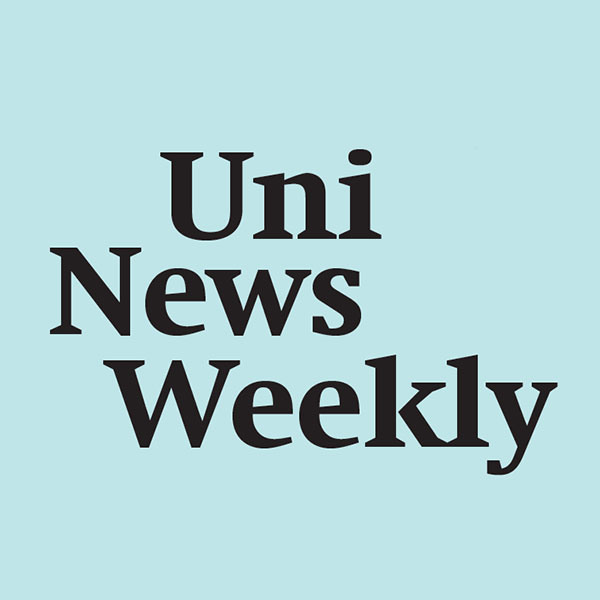
Subscribe to our English-language newsletter
Sign up for the Uni News Weekly newsletter and receive the weekly highlights directly in your inbox every Thursday.
“Uni News” keeps students and staff updated about the latest news at the University, reports on the research done in the different departments and highlights current events. Today, it presents itself in a renewed design for the first time.

The initial funding program “Seed Money” is Eucor’s first own funding instrument. It aims at providing initial financial support to innovative cross-border projects in research and teaching within Eucor – The European Campus.

Swiss farmers practiced various different methods of animal farming as early as 5,400 years ago, as demonstrated by a study by researchers from the University of Basel, as well as research institutions from Germany and the UK.

Physicists have developed a new technique that uses electrical voltages to control the electron spin on a chip. The newly-developed method provides protection from spin decay, meaning that the contained information can be maintained and transmitted over comparatively large distances, as has been demonstrated by a team from the University of Basel’s Department of Physics and the Swiss Nanoscience Institute.
have succeeded in coupling an extremely small quantum dot with 1,000 times larger trumpet-shaped nanowire. The movement of the nanowire can be detected with a sensitivity of 100 femtometers via the wavelength of the light emitted by the quantum dot. Conversely, the oscillation of the nanowire can be influenced by excitation of the quantum dot with a laser.
A research group at the Biozentrum, University of Basel, has developed a new method to measure the half-life of RNA molecules. The study revealed that commonly used methods provide distorted results and that RNA molecules live an average of only two minutes, ten times shorter than previously assumed.

The research team of Prof. Sonja Hofer at the Biozentrum, University of Basel, has discovered why our brain might be so good at perceiving edges and contours. Neurons that respond to different parts of elongated edges are connected and thus exchange information. This can make it easier for the brain to identify contours of objects.

A study by zoologists from Switzerland and the US shows: praying mantises all over the globe also include birds in their diet.

The cell scaffolding holds muscle fibers together and protects them from damage. Individuals who suffer from muscular dystrophy often lack essential components in this cell scaffold. As a result, their muscles lack strength and become progressively weaker. The research team of Prof. Markus Rüegg at the Biozentrum, University of Basel, has now designed two proteins that stabilize the cell scaffolding link it to the muscle fiber and thereby restore muscle structure and function.


Sign up for the Uni News Weekly newsletter and receive the weekly highlights directly in your inbox every Thursday.
